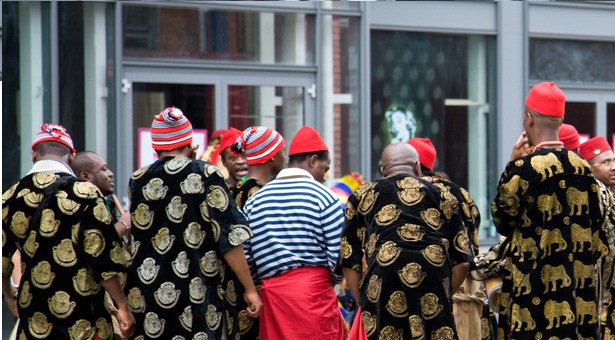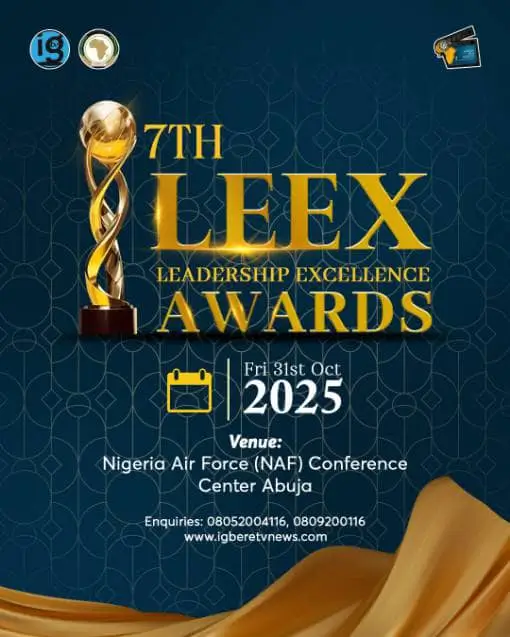
The Igbos, one of the main ethnic groups in Nigeria, are known to have a rich culture and remarkable history. While modernization has ensured the erosion of certain aspects of their culture, much of its history has been preserved, including relics from the past which reveal its heritage. Jumia Travel, Africa’s No.1 Online Hotel Booking Portal, lists 5 of the places where the culture and history of these people who dominate the eastern part of Nigeria can be discovered.
lgbo-Ukwu Museum
The Igbo-Ukwu museum is in Ngo village, Igbo-Ukwu, Amabara state. The town, Igbo-Ukwu is of great historical and cultural significance in Igbo land as it is notable for bronze artifacts from a very sophisticated bronze metal-workingculture centuries before other known bronzes of the region. It is in recognition of this that the Federal Government in Nigeria granted approval for the hosting of an annual National New Yam Festival in Igbo- Ukwu to promote the culture and tradition of Ndigbo and new yam festival. The festival takes place at National Yam House built by the Federal Government in Igbo- Ukwu since 2005. The Igbo-Ukwu bronze treasures were accidentally discovered by a worker who was hired to dig a cistern by Mr. Isaiah Anozie during dry season in 1939 .
Subsequent archaeological excavations of the area led by Professor Thurstan Shaw led to the discovery of other sites , making a total of three sites: Igbo Isaiah (a shrine), Igbo Richard (a burial chamber), and Igbo Jonah (a cache). Among the recovered object include a ritual Pottery Vessel, Scabbard,Pendant with rams head, Human face with scarification, Bronze bowl and apear – shaped bowl. While some of these artefact have been exported and some lost, the Museum plays a significant role in preserve the remaining Igbo ukwupieces, indigenous productions, which are vital in discerning the ancient history of not only Igbos, but of the human existence within ancient Africa. lgbo-Ukwu Museum has remained an attraction to tourists mostly because of its bronze artifacts. It is great place to visit as the bronze pieces are a sight to behold.
The Long JuJu Shrine of Arochukwu
Arochukwu is the third largest town in Abia State (after Aba and Umuahia) in southeastern Nigeria and is a famous tourist destination as the cave of the famous long juju oracle is a particular attraction. It is originally, a religious centre with a well-laid down administrative structure headed by a Chief Priest. The cave is believed to hold the long metal pipe through which the gods speak to the people, and was used to judge the perpetrators of crimes in the old time.
A dark kilometre-long series of tunnels, some deeply mysterious features of the shrine include the Throne of Judgement, where Chukwu would decide on the fate of a person, the Tunnel of Disappearance, and the Red River, which would turn coloured when a person was killed. What makes this shrine, also known as Ibinu Ukpabi, a spectacular historical site in the region is the role it played in the slave trade era and thus the impact it made in Nigeria’s history.In the 15th Century, when the slave trade was introduced, West African middlemen used it to their advantage, as the condemned were no longer killed inside the shrine, but secretly sold on into slavery. The mystic Long-Juju shrine, the slave routes and other relics of the slave trade era have become important tourist attractions in the area as a result of what they represent in Nigeria’s history.
Mbari Cultural Centres
Mbari is a traditional arts and crafts center retained by the Imo State council for Arts and Culture. Situated at Ikenegbu in Central Owerri, Mbari, it is an open air museum that houses monumental arts depicting the culture, tradition and history of the Igbo people. Sometimes referred to as the ‘house of gods’, it is a huge tourist attraction. Although Mbari isa monumental art sacrifice to “ALA” the earth goodness, it also shelters artistic representations – artefacts as well as sculptures- which tell of the prevalent social life of the Igbos and images of other prominent deities that inhabit the traditional Igbo cosmic system. These deities include Amadioha (the god of thunder), Ogwugwu (the god of the forest), Nwaorie (the goddess of Nwaorie River), Ahiajoku (the god of harvest), etc. Closely attached to each deity are images of animals such as monkeys, tortoise, rams, snakes and owls, believed to represent errand spirits or mystical messengers of the deities.
There are also images of Ikoro, the






